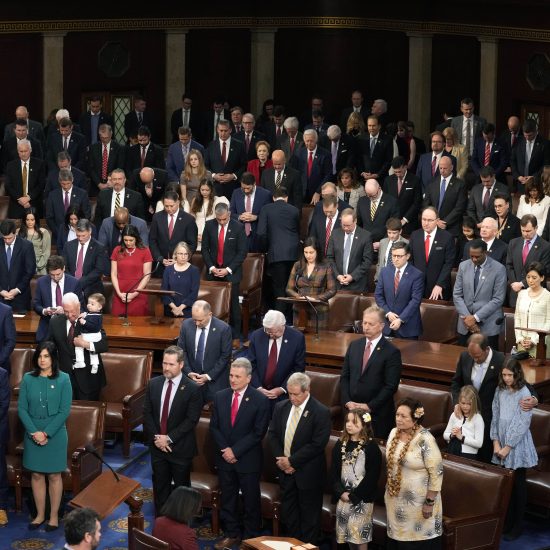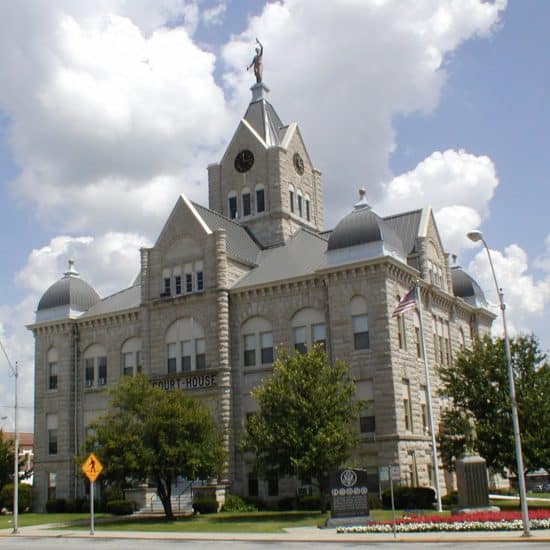WACO—In any given congregation with 400 adult members, seven women on average have been victims of clergy sexual misconduct since they turned 18, a new study reveals.
“We knew anecdotally that clergy sexual misconduct with adults is a huge problem, but we were surprised it is so prevalent across all denominations, all religions, all faith groups, all across the country,” said leader researcher Diana Garland, dean of the Baylor University School of Social Work. “Clergy sexual misconduct is no respecter of denominations.”
The study revealed more than 3 percent of women who had attended a congregation in the past month reported a religious leader had made sexual advances to them since they reach adulthood.
Research showed 92 percent of those sexual advances were made in secret, and 67 percent of the offenders were married to someone else.
“This is not simply an affair. It is an abuse of power,” Garland said.
The findings were drawn from questions included in the 2008 General Social Survey, a random sampling of 3,559 American adults conducted by the National Opinion Research Center.
In addition, research included phone interview with more than 80 people. They included 46 people who had been victims of clergy sexual misconduct as adults, representing 17 Christian denominations and branches of Judaism.
The phone interviews also included 15 secondary victims of clergy sexual abuse—spouses, friends and church staff members not involved in the victimization—and 21experts, such as caregivers for survivors.
Most offenders identified by interview subjects were male, but two were female. Offenses included both heterosexual and homosexual misbehavior.
While incidents of clergy sexual misconduct occurred in a wide variety of congregations, some themes emerged, Garland noted:
- Warning signs ignored. In some instances, congregations “see it happening and don’t know how to name it,” she said. Religious leaders may be observed acting inappropriately in public as well as private settings, but the congregations lack the ability to categorize and process what they witness.
- A culture of “niceness.” Particularly in the context of religious communities, people are expected to be nice to each other—be careful not to hurt anyone’s feelings, give others the benefit of the doubt, overlook incidents that might cause embarrassment and generally avoid confrontation. That culture can cause victims, family members and friends to remain silent about the abuse of authority by spiritual leaders.
- Ease of private communication. In the past, family members knew when letters arrived in the mail addressed to other family members, and phone messages often were posted in public places. With e-mail and cell phones, religious authorities can conduct intimate conversations with members of their congregations without anyone knowing about it.
- Lack of oversight. Religious leaders seldom have to report to anyone for their time, and they are able to move freely within a community without being suspected of any inappropriate activity.
- Multiple roles. In addition to their appropriate role in providing comfort and spiritual direction in times of crisis, some religious leaders enter into longtime counseling relationships with individuals that can create vulnerability and dependency.
- Trust in the sanctuary. “We call it a sanctuary because it’s supposed to be a safe place. We trust leaders to tell us the truth,” Garland noted. But some clergy abuse that trust, using their “positional power” as religious authorities to prey upon members of their congregations.
“Because many people are familiar with some of the high-profile cases of sexual misconduct, most people assume that it is just a matter of a few charismatic leaders preying on vulnerable followers. What this research tells us, however, is that clergy sexual misconduct with adults is a widespread problem in congregations of all sizes and occurs across denominations,” Garland said. “Now that we have a better understanding of the problem, we can start looking at prevention strategies.”
The Baylor School of Social Work has produced resources, including a sample code of ethics for congregations and ministers to consider adopting and strategies for preventing clergy sexual misconduct, that are posted online.
Findings from the Baylor School of Social Work’s clergy sexual misconduct research project—with funding provided by the Baptist General Convention of Texas Christian Life Commission, the Ford Foundation and the JES Edwards Foundation of Fort Worth—have been peer reviewed and will be published later this year in the Journal for the Scientific Study of Religion.






